Table of Contents
Virtual Reality Statistics: Virtual reality is an interactive computer simulation of a virtual world. Users can interact with it and feel as though they are physically present.
This is done by using a VR headset or another device that tracks the user’s movements and displays images and sound in an immersive and realistic manner.
VR technology provides experiences not possible in real life, including entertainment, training, healthcare, and education.
Market Value
The virtual reality market value is projected to reach USD 57.55 billion by 2027, The market was valued at USD 6.1 billion in 2020 and is expected to grow at a compound annual growth rate (CAGR) of 44.3% from 2021 to 2027.
The increasing adoption of virtual reality in gaming, entertainment, and healthcare, as well as the development of more advanced and affordable VR technologies, are some of the key factors driving the growth of the VR market.
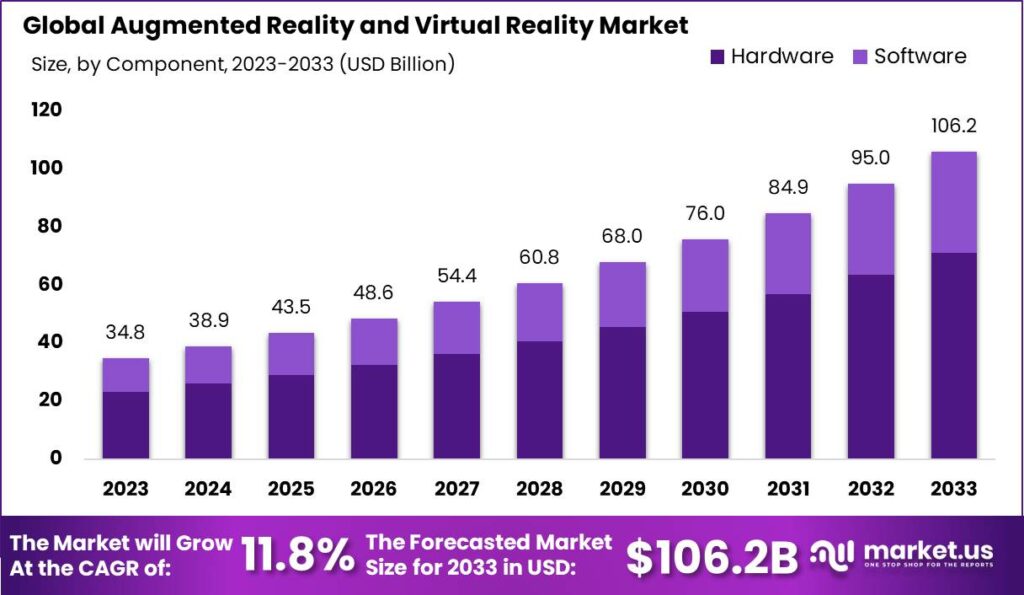
Virtual Reality Statistics
- According to 26% of businesses, the main barrier to VR adoption is poor user experience.
- Currently, 171 million people worldwide use VR in some form.
- The VR market is expected to be worth $6.1 billion by 2020.
- In 2020, approximately 5.5 million AR and VR devices were expected to be shipped.
- China is the largest investor in virtual reality, spending $5.8 billion.
- By 2027, the virtual reality gaming market is expected to be worth $92.31 billion.
- VR and AR could affect up to 23 million jobs by 2030.
- Virtual and augmented reality combined could boost the global economy by $1.9 trillion by 2030.
Regional Analysis
North America:
North America is one of the largest markets for VR, with the presence of major players such as Facebook, Google, and Microsoft.
The region is expected to dominate the market due to the high adoption rate of VR technology in the gaming and entertainment industries.
The United States and Canada are the major contributors to the growth of the VR market in North America.
Europe:
Europe is another significant market for VR technology, with a growing demand for VR in the gaming, education, and healthcare industries.
The region is also witnessing the emergence of several startups in the VR space, which are driving the growth of the market.
The United Kingdom, Germany, and France are the major contributors to the growth of the VR market in Europe.
Asia Pacific:
The Asia Pacific region is expected to witness significant growth in the VR market due to the increasing adoption of VR technology in the gaming and entertainment industries.
The region is also witnessing the emergence of several startups in the VR space, which are driving the growth of the market. China, Japan, and South Korea are the major contributors to the growth of the VR market in Asia Pacific.
Latin America:
Latin America is an emerging market for VR technology, with increasing adoption in the gaming and entertainment industries.
The region is also witnessing the emergence of several startups in the VR space, which are driving the growth of the market. Brazil and Mexico are the major contributors to the growth of the VR market in Latin America.
Middle East and Africa:
The Middle East and Africa region is expected to witness moderate growth in the VR market due to the increasing adoption of VR technology in the gaming, education, and healthcare industries.
The region is also witnessing the emergence of several startups in the VR space, which are driving the growth of the market.
The United Arab Emirates and Saudi Arabia are the major contributors to the growth of the VR market in the Middle East and Africa.
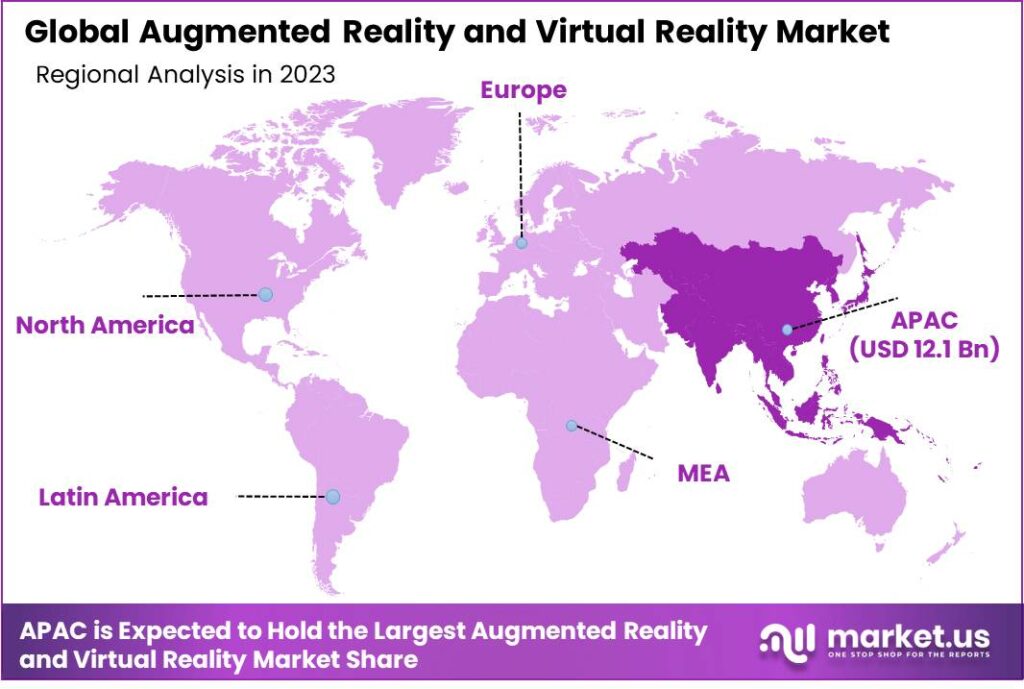
Virtual Reality Statistics
VR has a 55% user satisfaction rate.
It appears that consumer satisfaction is a major factor in VR’s popularity. According to a recent survey, more than half of respondents were moderately or extremely satisfied with the VR. Those who have not used VR, on the other hand, have a low motivation to use it, with 59% saying they are simply not interested.
Source: (AR Insider)
In less than a year, the number of VR startups has increased by 14%.
COVID-19 is responsible for a significant portion of the rise seen in 2020. According to virtual reality business statistics, because the pandemic has forced people to communicate, study, and work from home, businesses have used the technology to replace in-person interactions where possible.
Source: (XR Today)
Around 75% of Forbes’ “World’s Most Significant Brands” use AR or VR.
Giants such as Facebook, Amazon, Google, Apple, Intel, Sony, and Microsoft are all attempting to dominate the VR market at this early stage.
Facebook alone has over 400 people working on VR, and 230 other companies are developing VR software and hardware as well. The primary goal of using VR is to provide customers with an interactive 360-degree experience.
Source: (Forbes)
Aside from gaming and entertainment, the sector most likely to be disrupted by VR/AR is healthcare (38%).
According to virtual reality statistics, the two segments most likely to be disrupted by AR/VR are healthcare and education (28%). Following that are workforce development (24%), manufacturing (21%), automotive (19%), marketing and logistics (16%), retail (15%), and military (13%).
Source: (Perkins Coie)
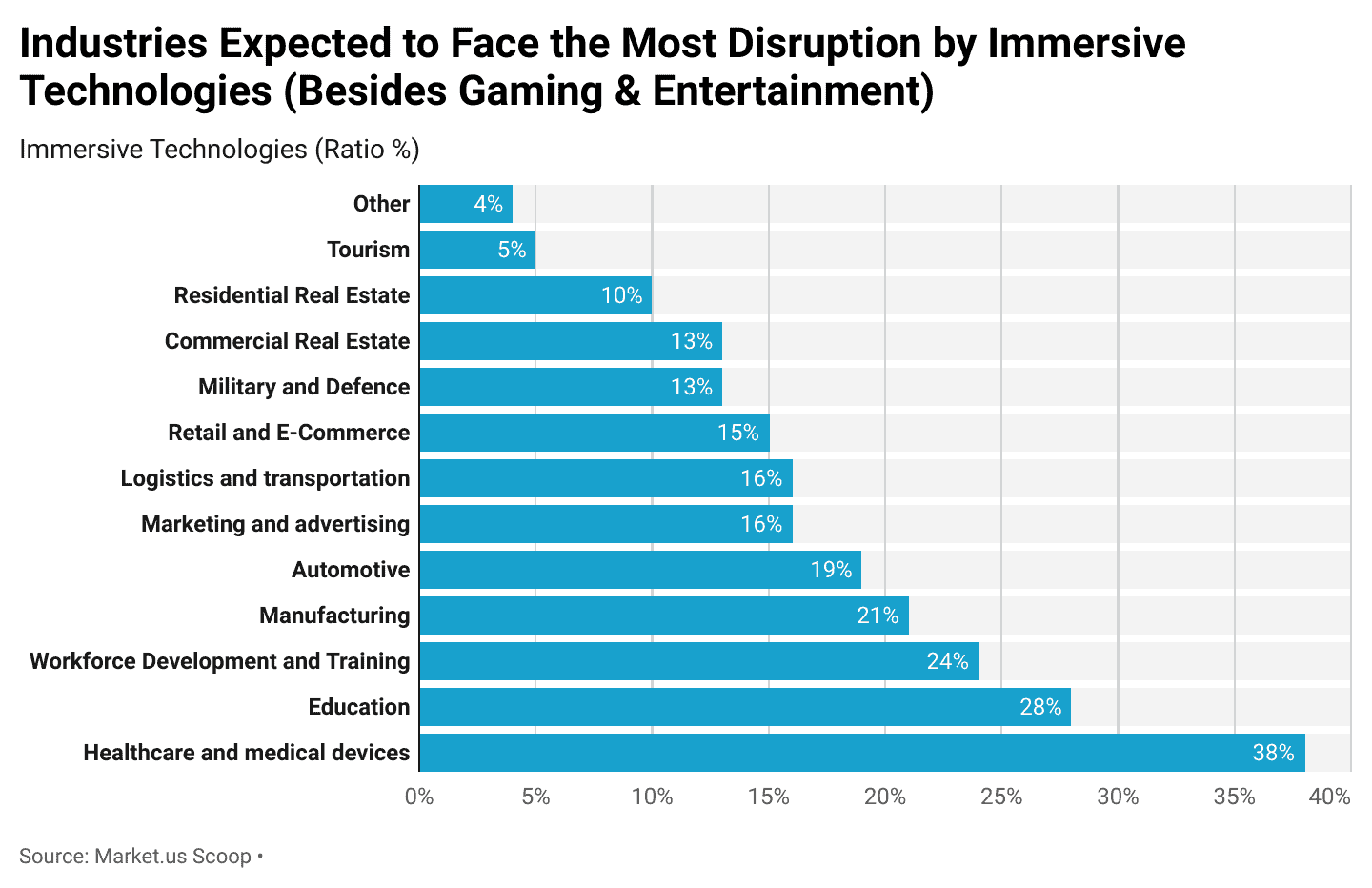
More than half of VR users have experienced motion sickness.
Motion sickness is a significant impediment to VR progress and adoption. With approximately 57.8% of the population claiming to have experienced it at least once, it’s an important factor to consider.
Only 13.7% of the population suffers from it regularly, while 19.1% suffer from it only occasionally. Finally, 24.9% go through it only occasionally. On the other hand, 42.2% of people state to have never had it.
Source: (VR Heaven)
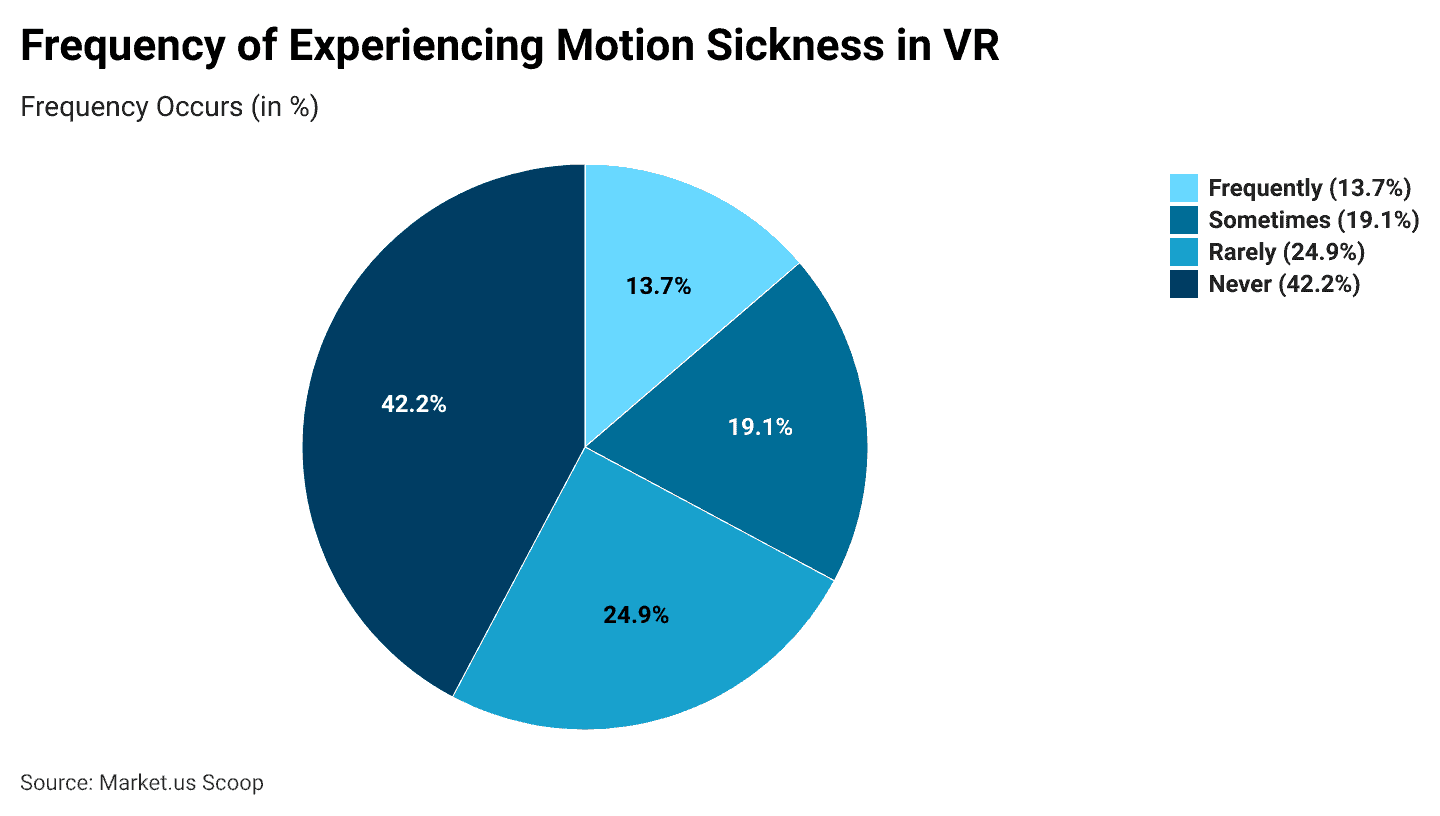
Women are more prone to VR sickness than men.
In comparison to 7.2% of men, 22.6% of women experience VR sickness regularly. According to VR motion sickness statistics, 22.6% of women encounter it on a regular occasion, compared to 13.8% of men. It happens only rarely for 29% of men and 20.2% of women. Finally, 50% of men have not experienced VR sickness, compared to 34.7% of women.
Source: (VR Heaven)
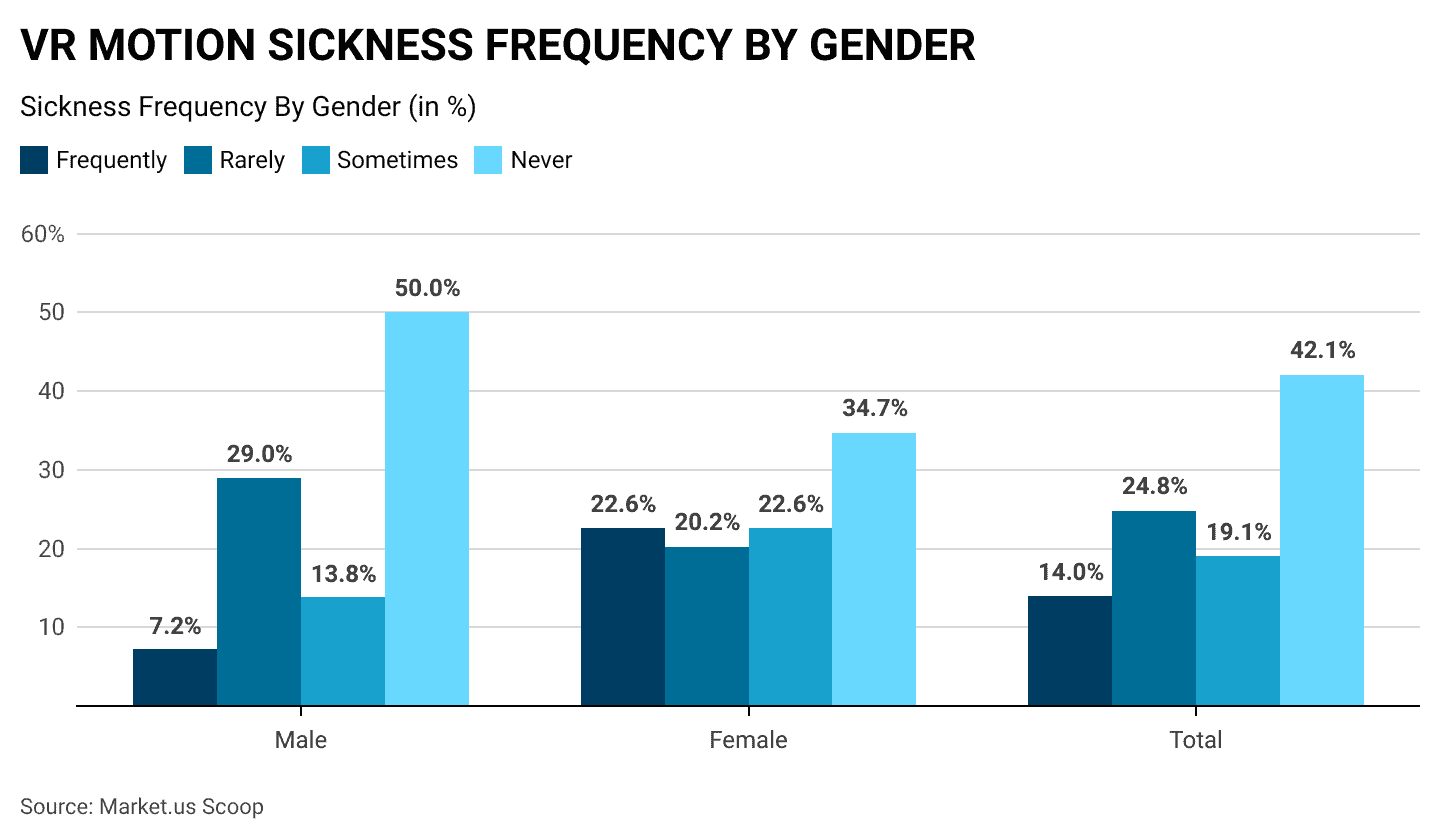
According to virtual reality social network statistics, by 2020, the number of AR users on social media is expected to reach 43.7 million. This represents 20,8% of all users.
Snapchat, which uses a lot of machine learning models and local lenses, is leading the AR revolution. Facebook has also released AR advertising. Instagram is following suit with its try-on feature.
According to 27% of organizations polled, the main barrier to VR adoption is a lack of content offerings.
According to 19% of organizations, what is slowing down VR adoption is also user experience, which is tied for second place with business and consumer reluctance (both 19%).
The Regulation and legal threats come in second with 12%, followed by consumer costs with 11%. Finally, 9% of organizations are hampered by financing and investment.
Source: (Finances Online)
Virtual reality training statistics reveal that VR training reduces workplace injury risk by 43%.
Virtual reality training can be used to reduce the dangers of high-risk workplace hazards. Not only that. VR training can help improve employee competencies.
As a reference, 39% of larger companies train their employees using VR in a simulation environment. This translates to higher employee retention rates.
The retention rate for those who are trained with VR is 75%, compared to only 10% of those receiving traditional training.
Source: (Chaos Theory Games)
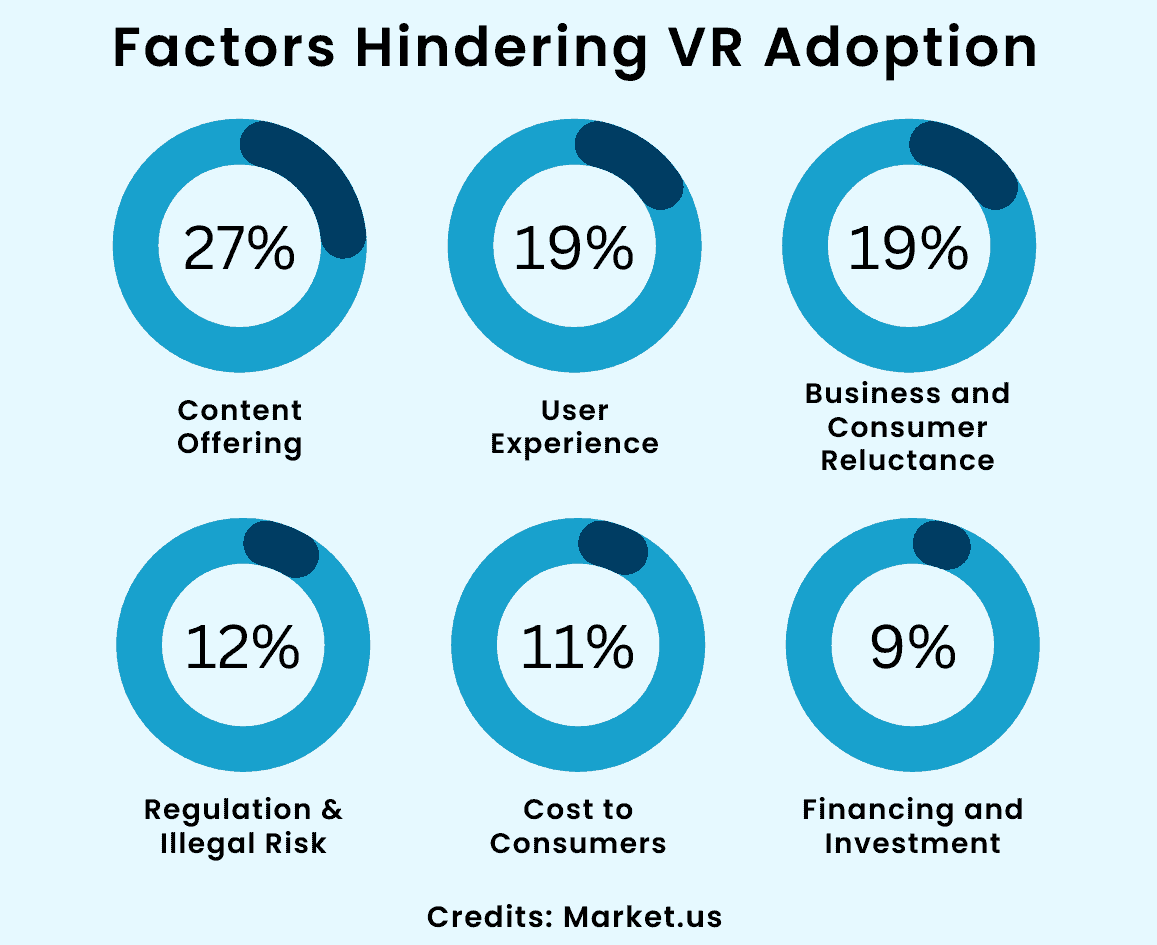
Virtual Reality Usage Statistics
Almost one in five American adults has used or is using VR.
According to a recent report, 19% of adult consumers in the US were VR users at some point. This represents a 16% increase compared to 2019.
It’s far more significant to mention the fact that these consumers are using it often. 31% said they used it at least monthly.
Source: (AR Insider)
Almost one in every five American adults has used or is currently using VR.
According to a recent report, 19% of adult consumers in the United States have used virtual reality at some point. This represents a 16% increase from 2019.
It is far more important to note that these customers use it frequently. 31% said they used it at least once a month.
Source: (Statista)
Those between the ages of 16 and 34 are more likely to use virtual reality.
When we look at VR demographics, we see that 34% of those between the ages of 16 and 24 were or are users. VR users account for 35% of those aged 25 to 34.
Next, 26% of people between the ages of 35 and 44 have used VR. Only 12% of those aged 45 to 54 have investigated this technology. Finally, only 6% of those over the age of 55 have had any contact with it.
Source: (GWI)
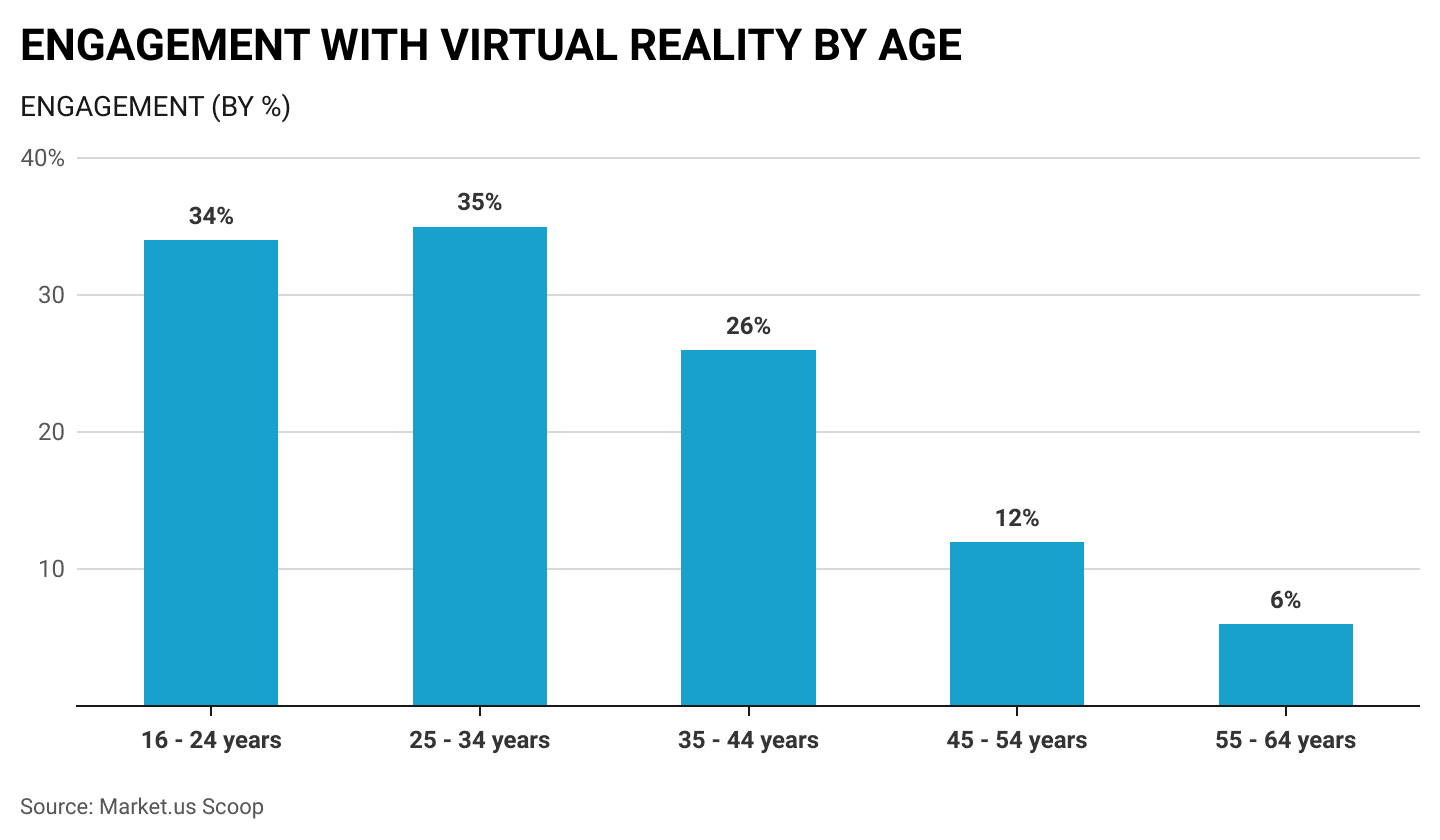
VR Market Statistics
Those between the ages of 16 and 34 are more likely to use virtual reality.
When we look at VR demographics, we see that 34% of those between the ages of 16 and 24 were or are users. VR users account for 35% of those aged 25 to 34. Next, 26% of people between the ages of 35 and 44 have used VR. Only 12% of those aged 45 to 54 have investigated this technology. Finally, only 6% of those over the age of 55 have had any contact with it.
In 2020, approximately 5.5 million AR and VR devices were expected to be shipped globally.
Customers now own 26 million AR/VR devices. According to virtual reality growth statistics, the number predicted for shipping in 2020 was anticipated to double to 11 million in 2021. Following that, it is expected to reach 43.5 million by 2025, representing an eight-fold increase from 2020.
Source: (Oberlo)
Sony is responsible for 43% of total VR device shipments.
Aside from the software market, which is growing into a billion-dollar industry, the VR headset market share is increasing year after year. Aside from Sony, some of the major players are Facebook’s Oculus, which has a 19.4% market share, and HTC, which has a 12.9% market share.
Source: (Statista)
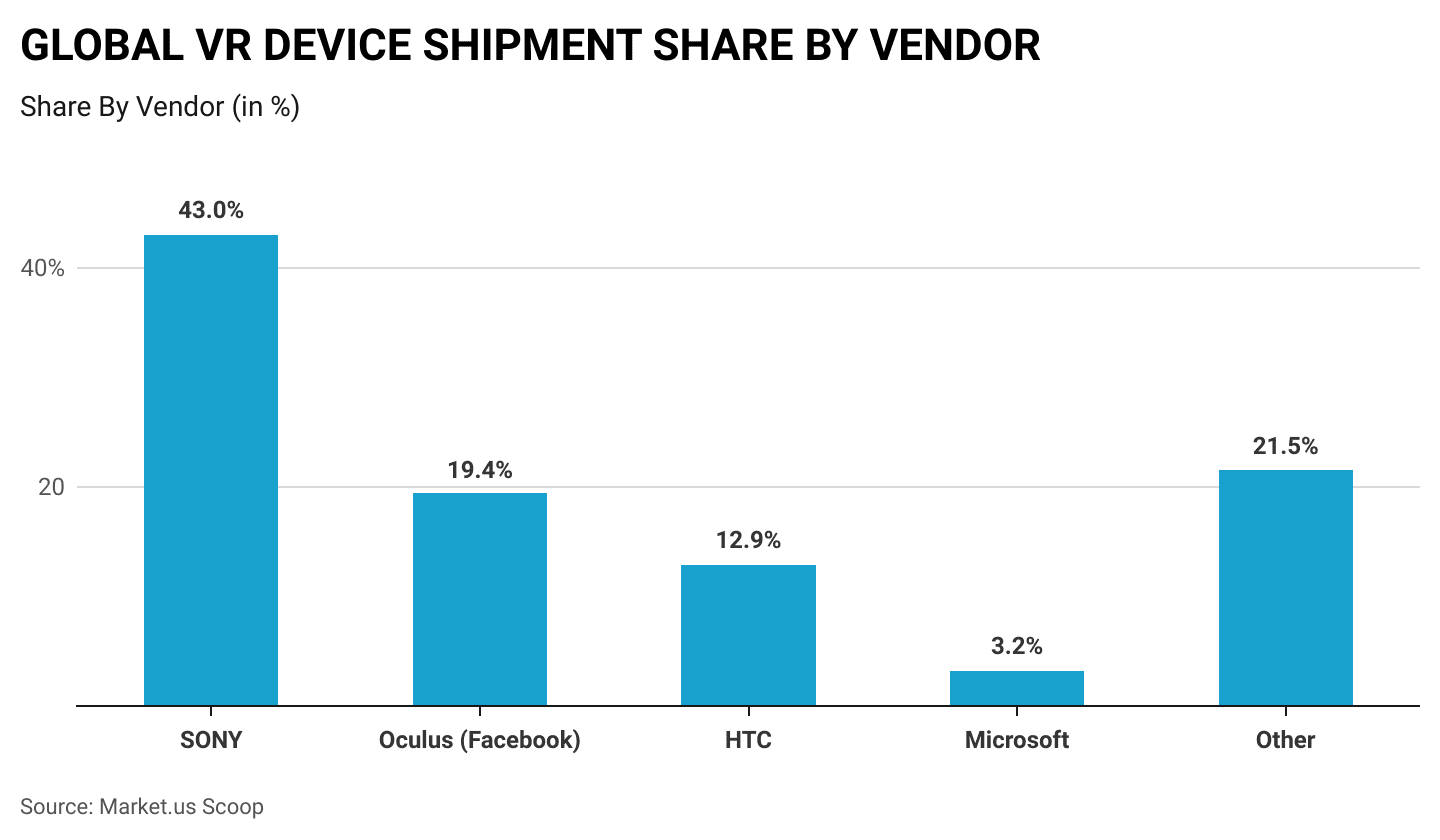
The VR consumer market accounts for 54.7%.
VR is driven forward by the launch of new products, like head-mounted displays (HMD) or VR headset sales. HMDs are expected to have a 38.6% growth between 2020-2025.
In 2024, VR training will receive investments of $4.1 billion.
The majority of VR investments are expected to be made in commercial applications. According to virtual reality statistics, VR for industrial maintenance will receive $4.1 billion in investments. Retail showcasing is expected to get $2.7 billion.
Source: (Finances Online)
China will spend $5.8 billion on VR in 2020, making it the largest investor in the technology.
Many countries provide funding to the VR industry, but a few are leading in their field. China is the first to be mentioned, with a share of 30,8% of global investments made in this sector. The US is next, spending $5.1 billion on virtual reality. These two countries account for 58% of global investments. Western Europe is in second place with $3.3 billion, followed by Japan with $1.8 billion. (Oberlo) The virtual reality gaming market size is projected to reach $92.31 billion by 2027.
Virtual Reality Growth in Different Industries
In Germany, 50% of those surveyed said they would choose a holiday destination using VR if it was free.
A study has revealed that the public is eager to use VR in tourism. In addition to those who would use VR if it was free, 13% would also be willing to pay for it. Tourism Australia’s VR tourism statistics show that 20% of consumers use VR when choosing a vacation destination. Moreover, 25% plan to use VR in the future for better decision-making on where to go.
Source: (Immersion VR)
Nearly 46% of automotive and manufacturing companies believe that VR/AR is going to become mainstream in their industry within the next three years.
According to the latest survey of over 700 executives in the manufacturing, automotive, and utility sectors, VR is a major part of their future. In the next three to five years, 50% of those who do not have AR or VR in their businesses plan to explore this technology. For 46% of the executives, the technology will be mainstream within their company in three years. But for 38%, it could take three to five years.
Source: (Capgemini)
97% of students expressed an interest in VR courses.
Only 23% of schools have tested VR, despite the high level of interest from students. Just 10% of schools plan to use VR in the future. According to VR Learning statistics, 68% want to use the tech to enhance their courses and create better educational material. In addition, 72% want to reproduce real experiences in the course using VR simulations.
Source: (ThinkMobiles)
VR investment in education could end up as the fourth largest segment.
One of the shortcomings of modern education is the inability to explain complex concepts correctly and make them easier for students to understand. Statistics confirm that VR can mitigate many of these problems. By 2020, VR in education is expected to generate $200 million, and $700 million by 2025. The App Solutions
Facebook revealed that 60 games for Oculus Quest or Quest 2 have made more than $1 million in less than a year.
Since the beginning of 2020, VR sales have risen for Oculus. Skydance’s “The Walking Dead Saints and Sinners” grossed $29 million. The VR sales figures of the new Oculus Quest 2 headsets for October 2020 were the same. Facebook announced only that preorders were five times greater than for Quest 1 for this headset.
Source: (The Washington Post)
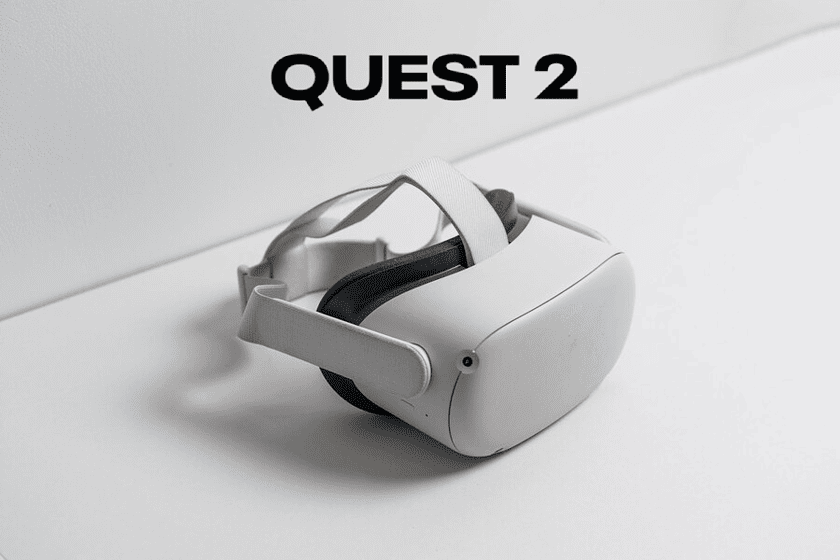
Virtual Reality Trends
By 2030 the VR and AR industry could affect up to 23,000,000 workers.
Momentan, the AR/VR growth harms less than 1 million jobs. These two technologies are expected to boost innovation and increase productivity. This means that the number of affected jobs will increase significantly, particularly in China and the US.
Virtuality and augmented realities could help boost the world economy by $1,3 trillion by 2030.
PwC UK evaluated the possible impact of AR/VR on global economies. They found that the different uses of virtual and augmented reality will have a significant impact on global GDP.
Source: (PwC)
Recent Developments
New Product Launches:
- Companies like Sony, Oculus, and HTC are continually innovating in the VR space, with new product launches aimed at enhancing the user experience in gaming, healthcare, and commercial applications.
Mergers and Acquisitions:
- There is an increasing trend in mergers and acquisitions as companies seek to enhance their technological capabilities and market reach. This includes strategic partnerships and collaborations, especially in regions like Asia Pacific, which is seeing substantial growth due to increased investments in VR applications.
Technological Advancements:
- Advances in immersive technology are driving the market, with developments in semi and fully immersive systems. This progression is supporting wider adoption across diverse sectors including entertainment, education, and enterprise training.
Conclusion
Virtual Reality Statistics – In conclusion, virtual reality technology is rapidly evolving and is being adopted in various industries, including gaming, education, healthcare, and entertainment.
The VR market is expected to grow significantly in the coming years, with North America, Europe, and Asia Pacific being the major markets.
The emergence of startups in the VR space is driving innovation and competition in the market, leading to the development of more advanced VR technologies and applications.
However, the high cost of VR hardware and limited content availability are some of the challenges that the VR market needs to overcome to achieve broader adoption.
Overall, virtual reality technology has the potential to revolutionize the way we interact with the digital world and provide immersive experiences that were previously impossible.
As the technology continues to evolve and become more accessible, we can expect to see even more innovative applications of VR in the future.
FAQ’s
Virtual reality is a computer-generated simulation of a three-dimensional environment that can be experienced by a user through a head-mounted display or other immersive devices. It creates a sense of presence, allowing the user to interact with the digital environment as if they were physically present.
Virtual reality has a wide range of applications, including gaming, entertainment, education, training, healthcare, and many others. It can be used to create immersive experiences that are impossible or difficult to replicate in the real world.
Virtual reality works by using a combination of computer graphics, sensors, and other technologies to create a simulated environment that can be experienced by the user. The user wears a head-mounted display or other immersive devices that track their movements and display the simulated environment.
There are several types of virtual reality, including fully immersive VR, augmented reality (AR), and mixed reality (MR). Fully immersive VR provides a completely virtual environment, while AR overlays digital elements in the real world, and MR combines virtual and real-world elements.
To experience virtual reality, users need a powerful computer or gaming console, a high-resolution head-mounted display, and other immersive devices such as hand controllers or haptic feedback devices.
Virtual reality offers several advantages, such as providing immersive experiences, enhancing learning and training, improving healthcare outcomes, and enabling remote collaboration and communication.
Some of the challenges of virtual reality include the high cost of hardware, limited content availability, and concerns about motion sickness and other negative effects on health and well-being.
Discuss your needs with our analyst
Please share your requirements with more details so our analyst can check if they can solve your problem(s)



